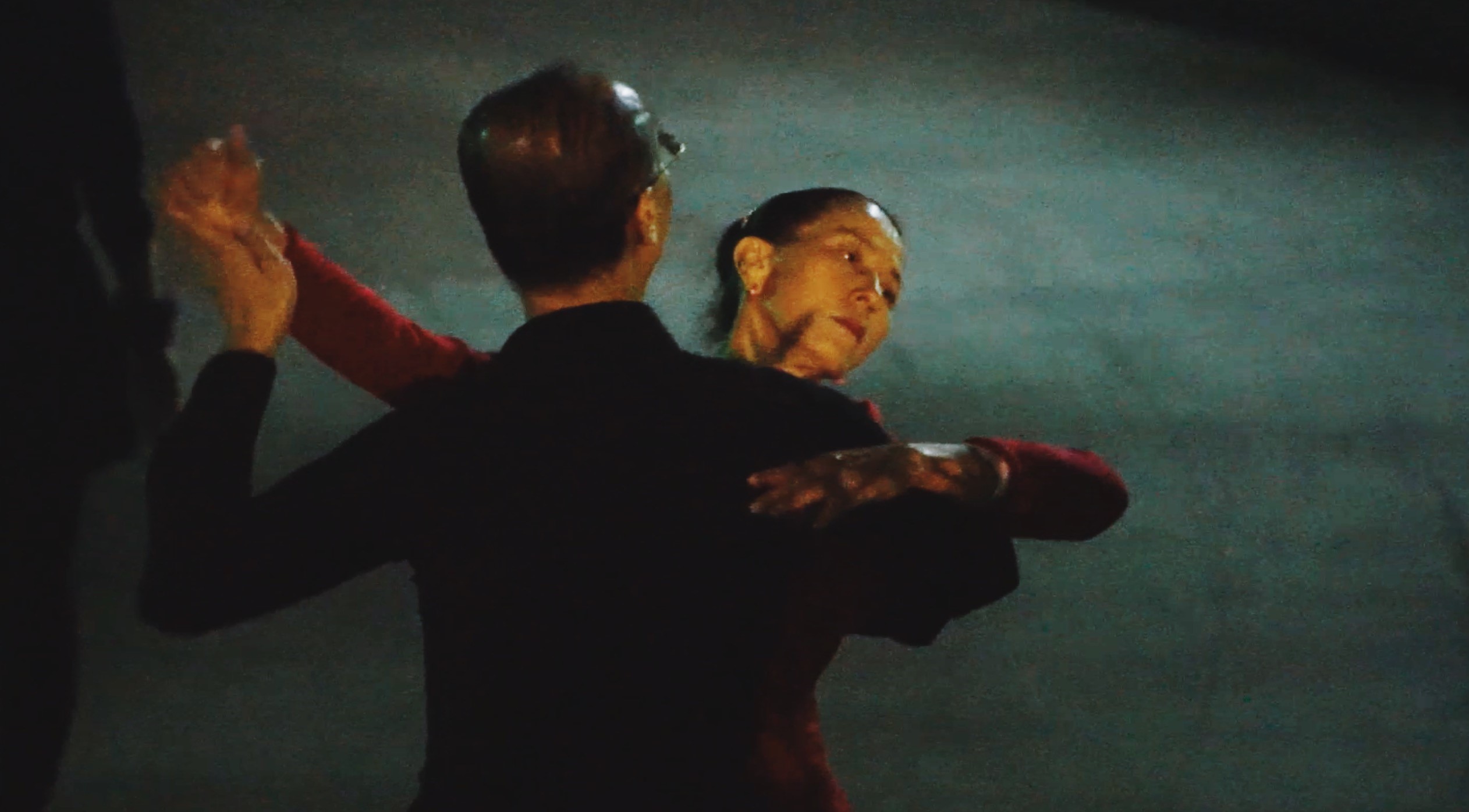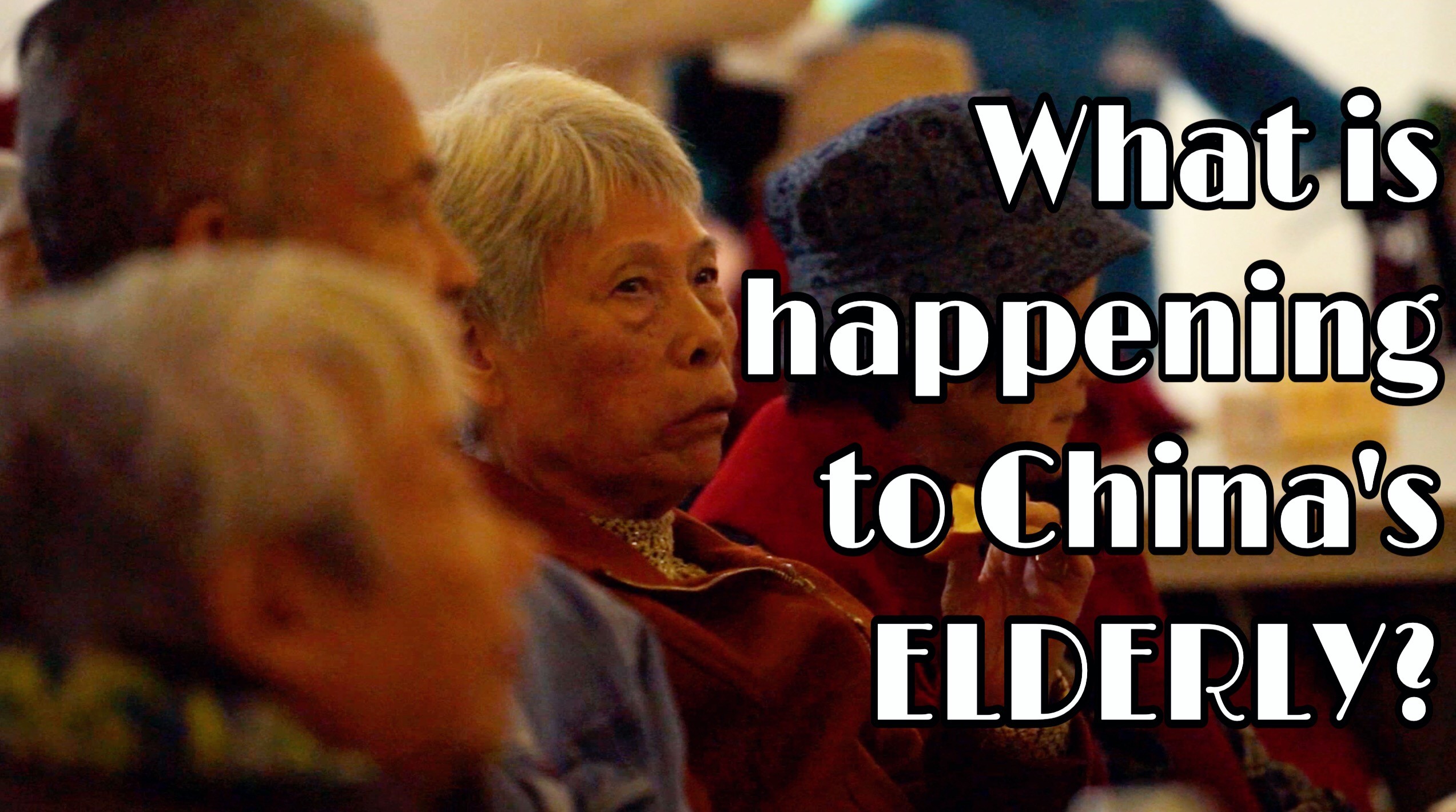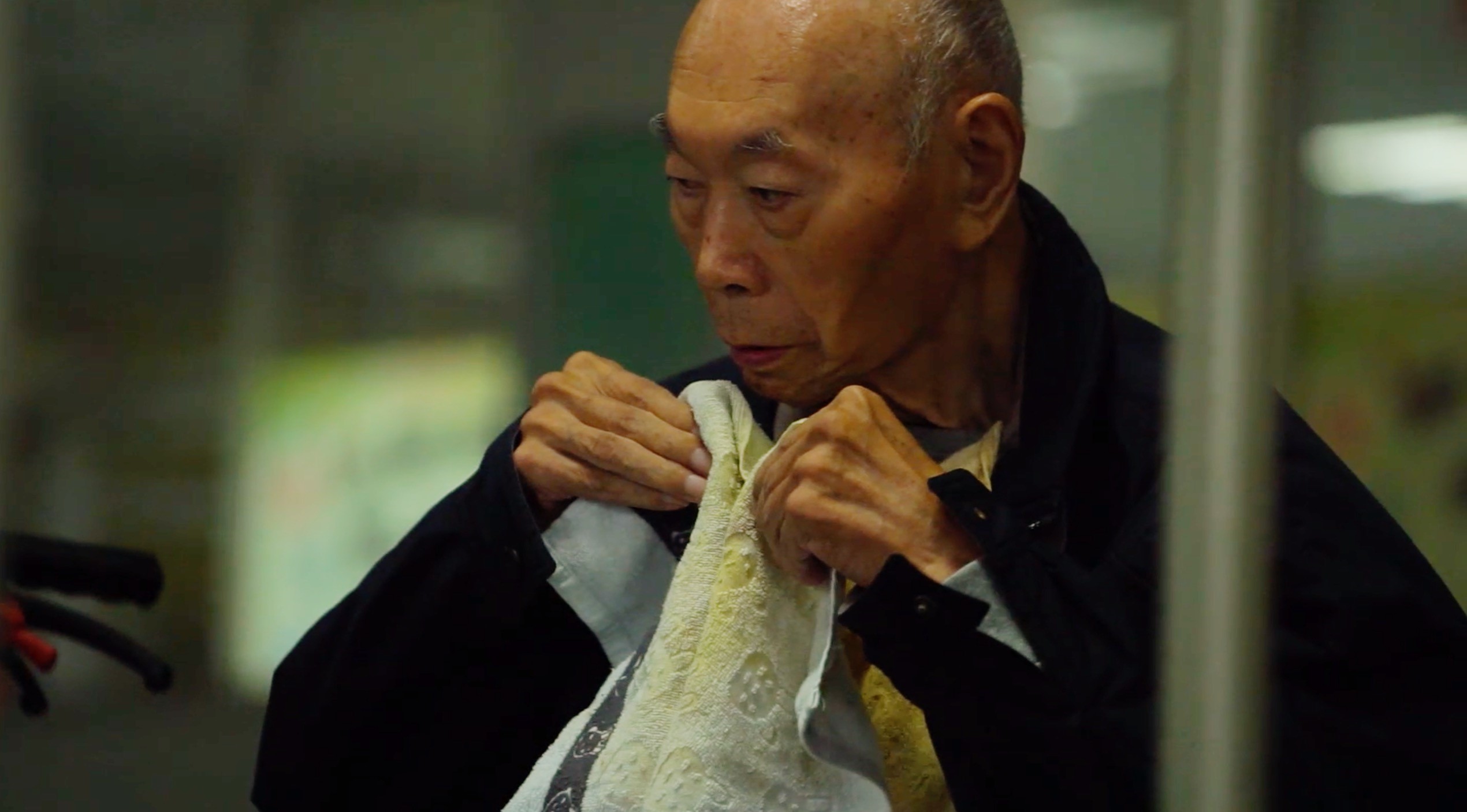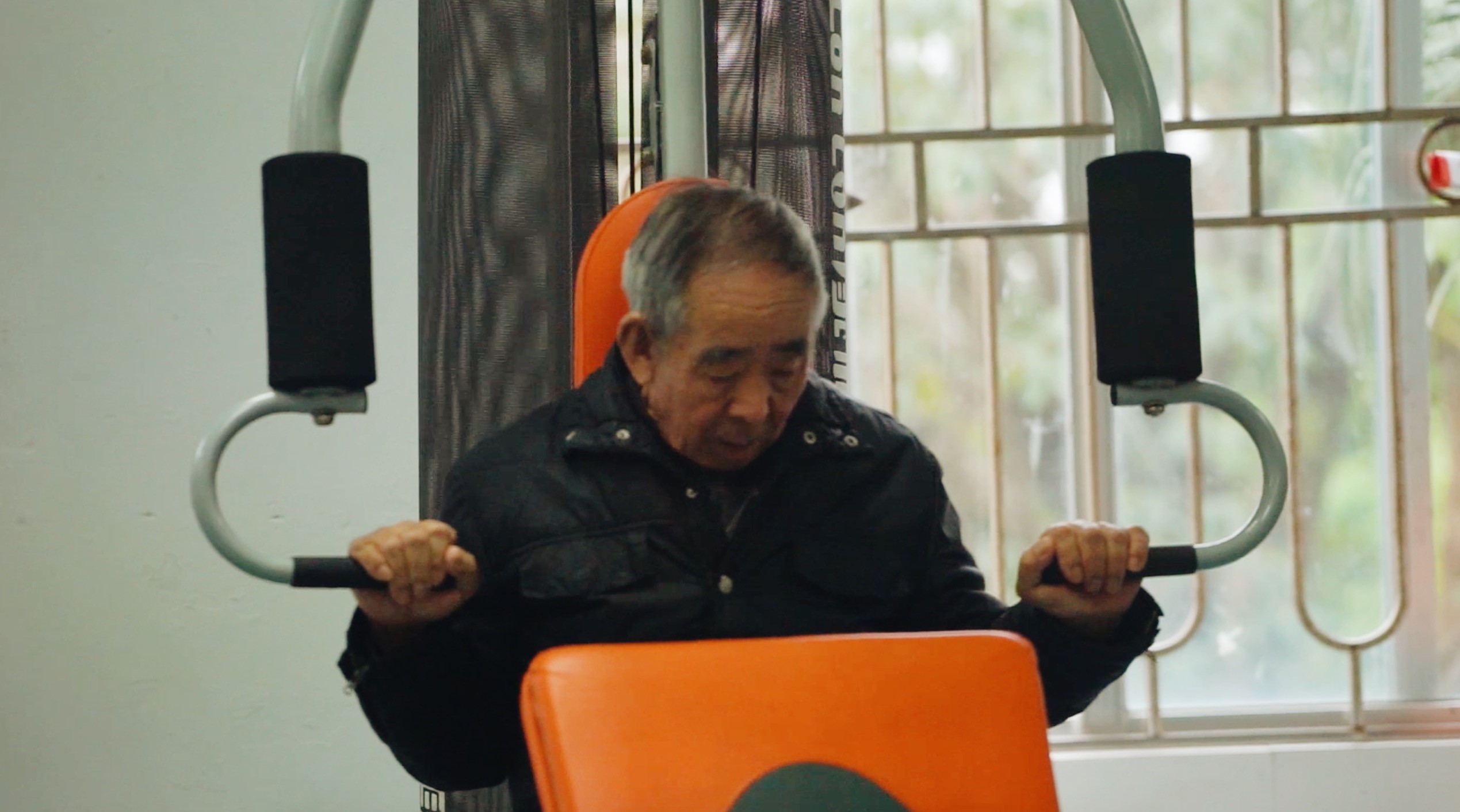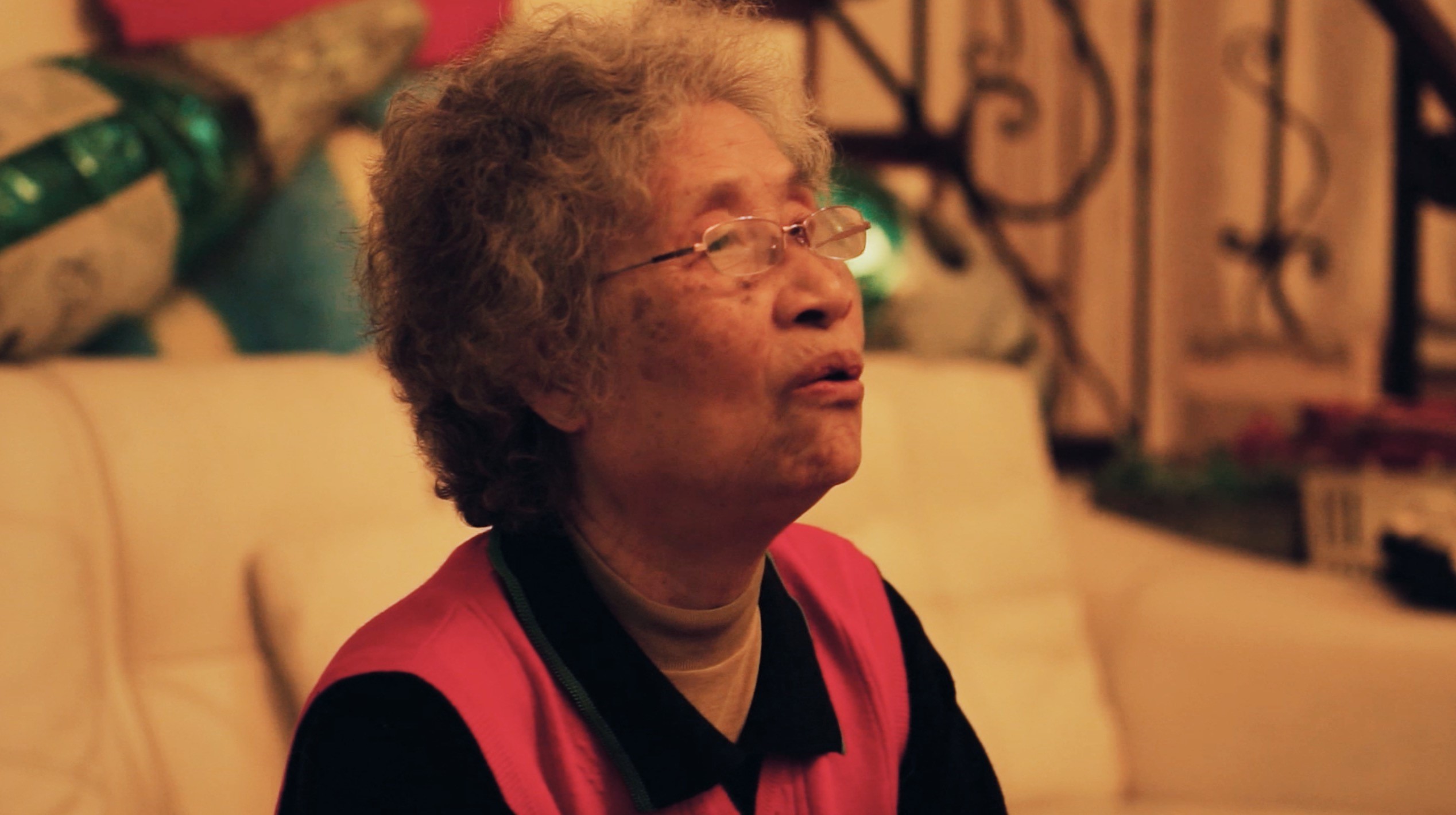“So hard to meet,
Drink graceful wine to welcome thee.
Ten cups without drunkenness,
Only your very gladness and sincereness. Peace!”
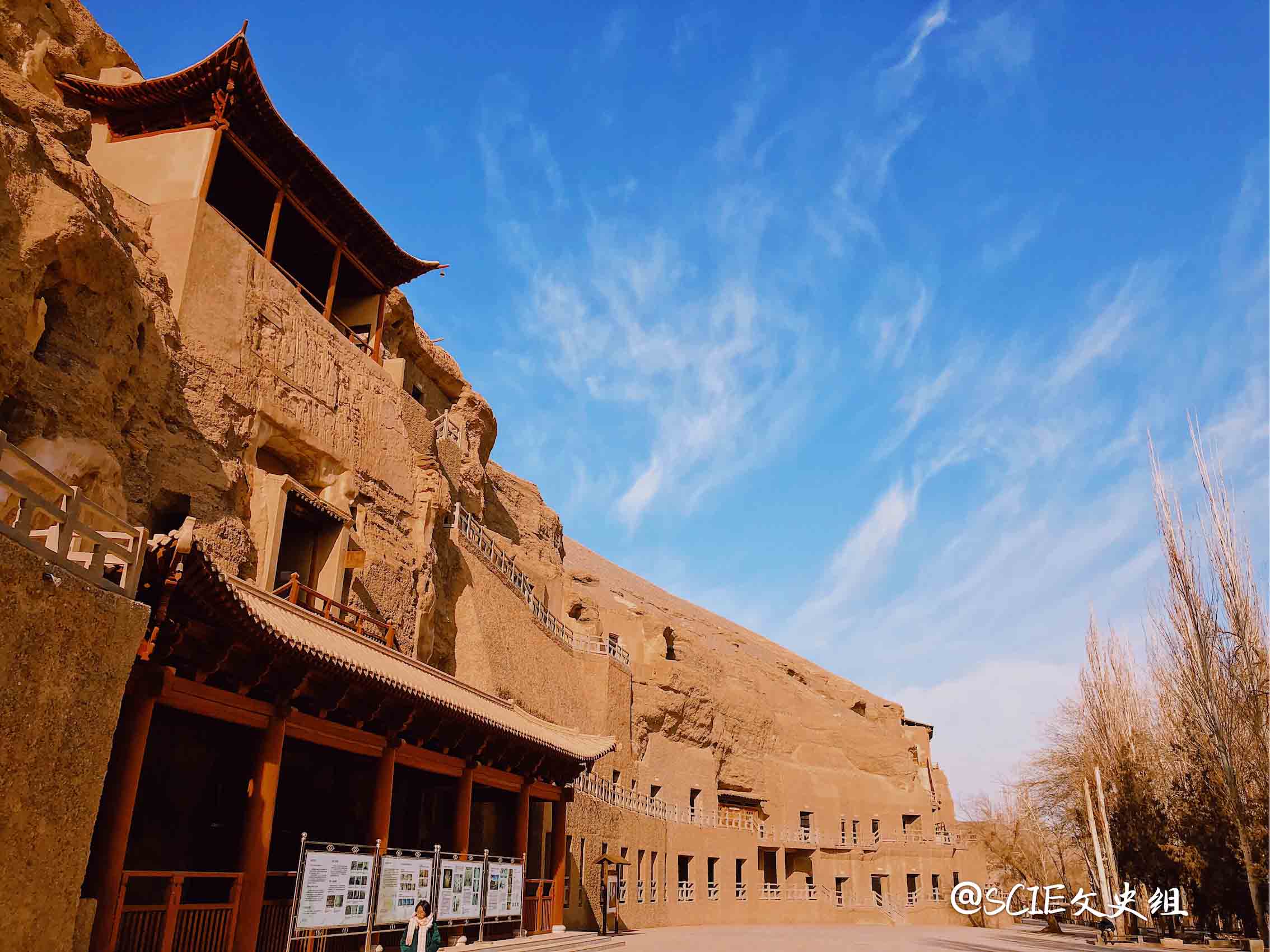
It is quite difficult to relate two cities as distinct as Shenzhen and Dunhuang together originally, but this week, SCIE became a cultural link between the two cities, impressing our students with the stunning beauty of Dunhuang.
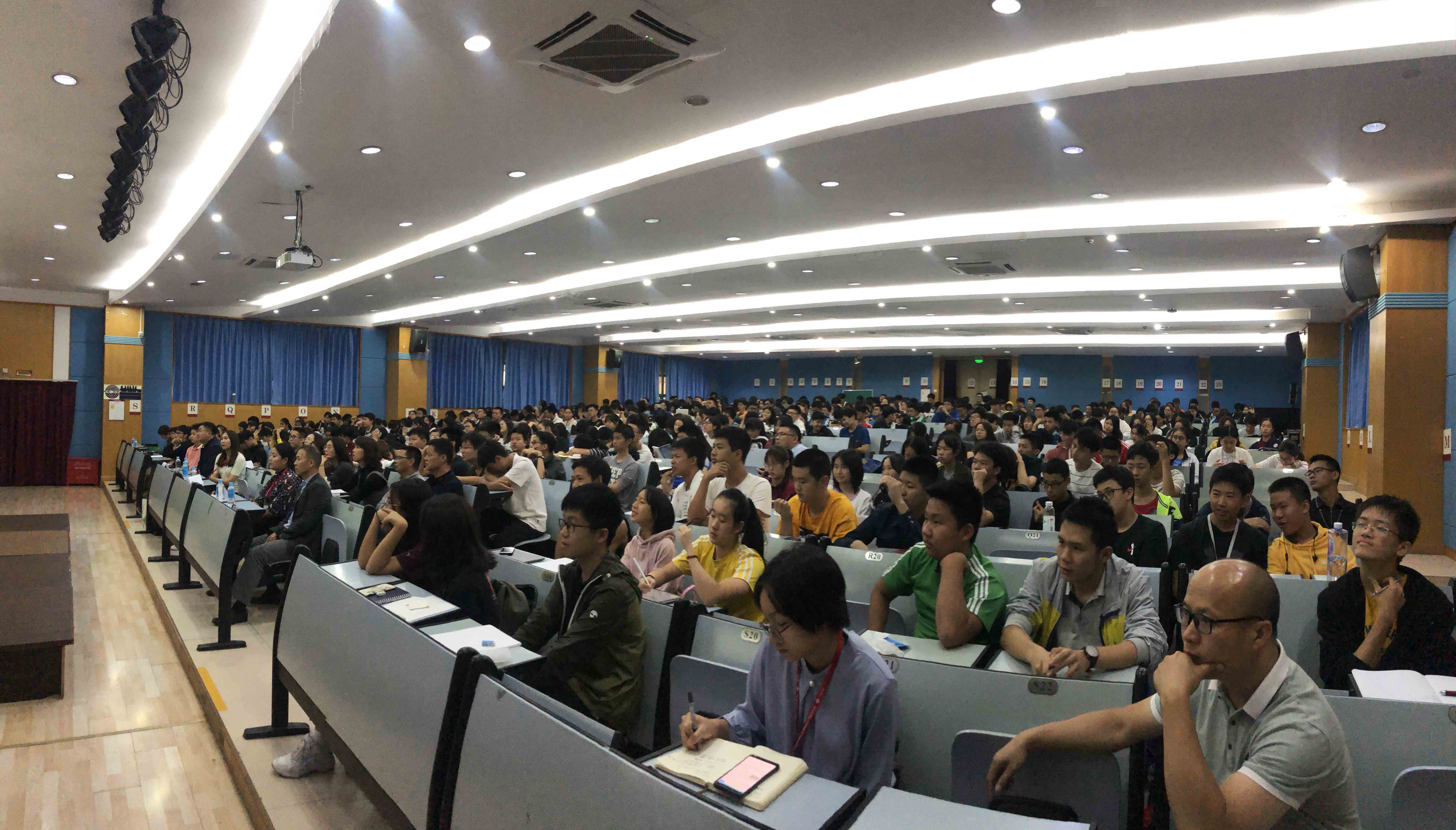
On Tuesday November 11th, SCIE welcomed Secretary Song and her associates from Dunhuang Research Academy. The guests delivered an eighty-minute speech, enlightening our G-level students with the insights and wisdom of Chinese architects behind the grottoes.
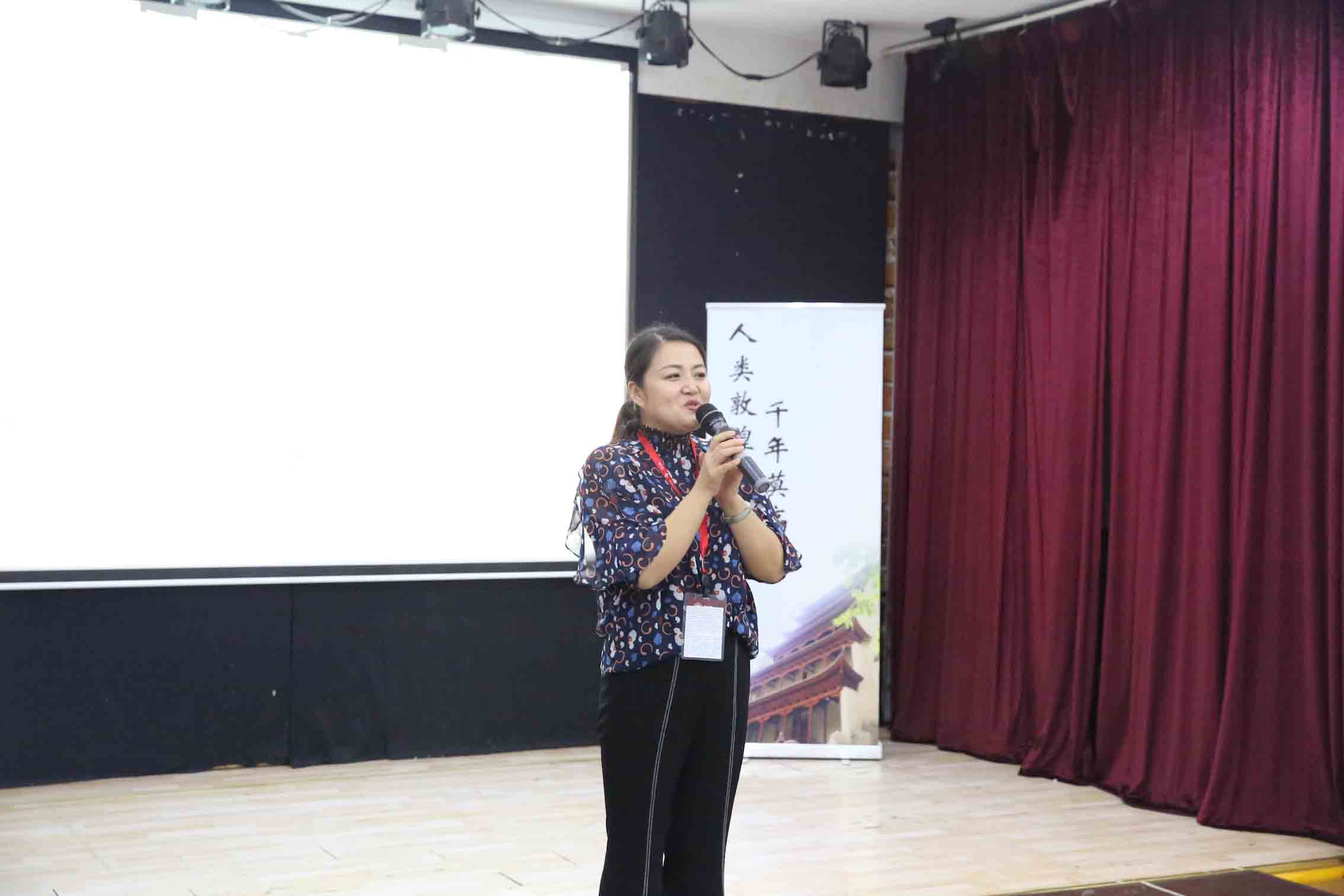
Secretary Shuxia Song, Cultural Publicity Department, Dunhuang Research Academy
“Dun, means great; Huang, means prosperous. This is how the name Dunhuang came to be…”
The beautiful and profound history of Dunhuang was revealed by Secretary Song’s short but powerful introduction to students, as if it was brought to their eyes from 3500 kilometers away.
Since the emperor of Han Dynasty, Liu Che (posthumous title Wu), first established the Four prefectures in Hexi (western part of Gansu Province and Inner Mongolia Region), Dunhuang was destined to impress the world with its vigorous spirit and desolate demeanor. The artificial grottoes, which were continuously completed in the North Liang Dynasty, represented people’s magnificent ideals and respectful piety. Mr. Wu introduced the long history of Dunhuang as well as its thriving culture to students. It can be said that every brick and tile of Dunhuang was engraved with the vicissitudes of history.
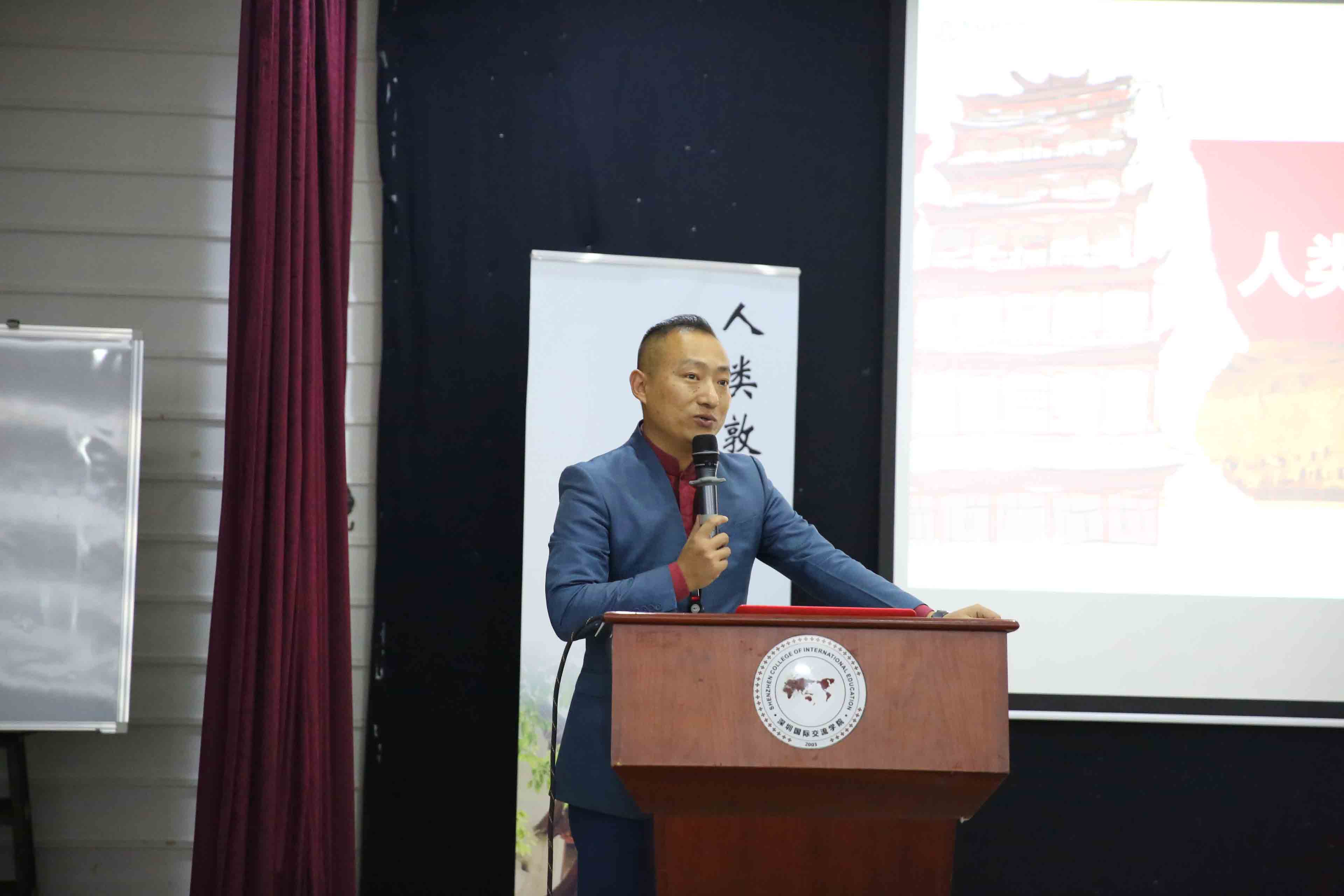
Mr. Lei Wu, Cultural Publicity Department, Dunhuang Research Academy
Time flew back to the beginning of 20th century, when the caves that had deposited sutra for more than 900 years were facing their biggest catastrophe: Mogao Grottoes were ransacked by western “bandits”. Located in a weak nation, Dunhuang failed to be protected. It was wantonly robbed, and just like a sere leaf, was gone with the wind.
The Mogao Grottoes were discovered inadvertently in 1900 during the Qing dynasty of China, but this great discovery did not bring Qing Empire the reputation it deserved. Western colonists robbed more than 40,000 pieces of valuable artefacts and burnt the 8,000 pieces left.


Dunhuang, the most important junction on the ancient Silk Road, stores infinite gorgeous treasures of humanity. Students who plan to venture into different careers gained different lessons by viewing the spectacular Mogao Grottoes from different aspects: the architects saw the complexity, the artists felt the elegance in the ancient frescoes, and the historians recognized the importance of the hand-copied scrolls in literature. The great culture of Dunhuang, expressed in different artistic forms in these grottoes, brought us endless surprises and touched our hearts deeply.
Dunhuang frescoes, most popularly known around the world, include a wide range of styles and contents such as Buddhist stories, sutra illusions, landscapes, and portraits. The seemingly simple sutra paintings were a perfect ensemble of the solemnness in Buddhism and amiableness in secular lives. The exquisiteness of craftwork and vividness of characters merged the modern spirits and classicism in Dunhuang culture together.
Numb to the competition, conflict and violence in our daily life, we have lost ourselves and forgotten our value as humans in society for a long time. Dunhuang stands as the nirvana for people forever, representing the piety and pureness in our souls.
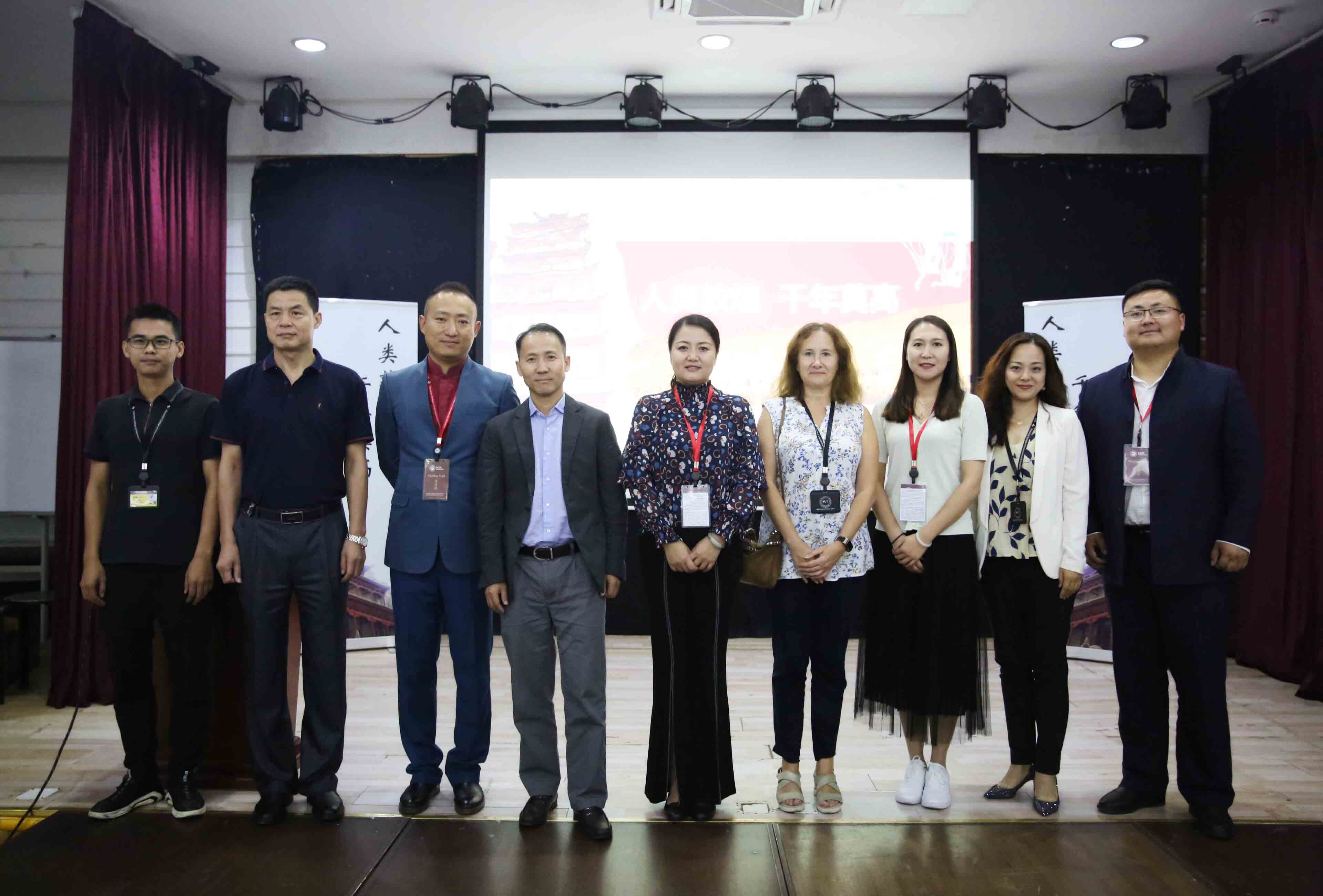
A group photo of lecturers from Dunhuang Research Academy and SCIE teachers
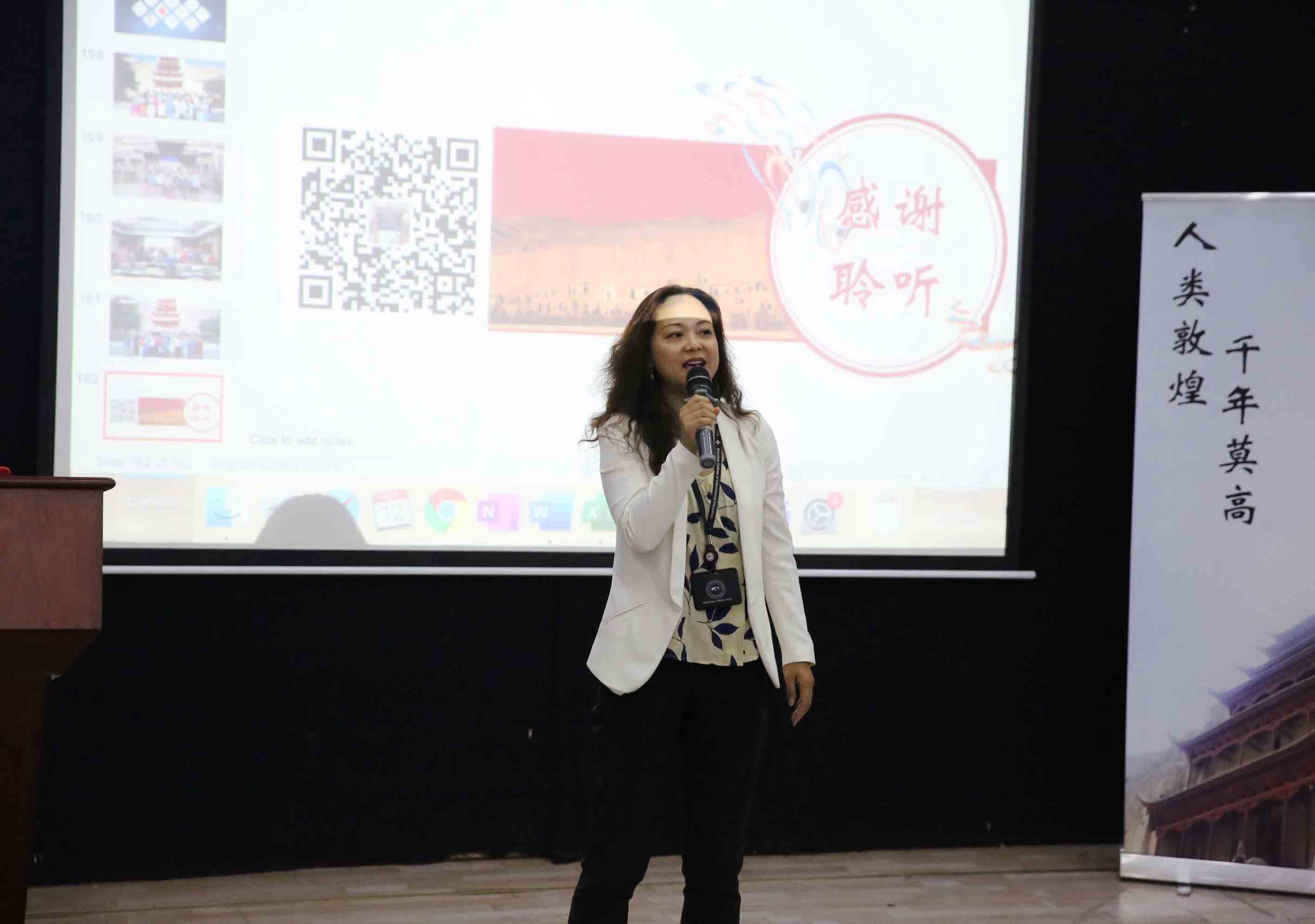
A group photo of lecturers from Dunhuang Research Academy and SCIE teachers
Excited to explore more of the Mogao grottoes, students from SCIE are looking forward to visiting Dunhuang again in the upcoming field trip in December under the lead of our Chinese Department.
- Article / Leo 16310 & Tiger 16336













